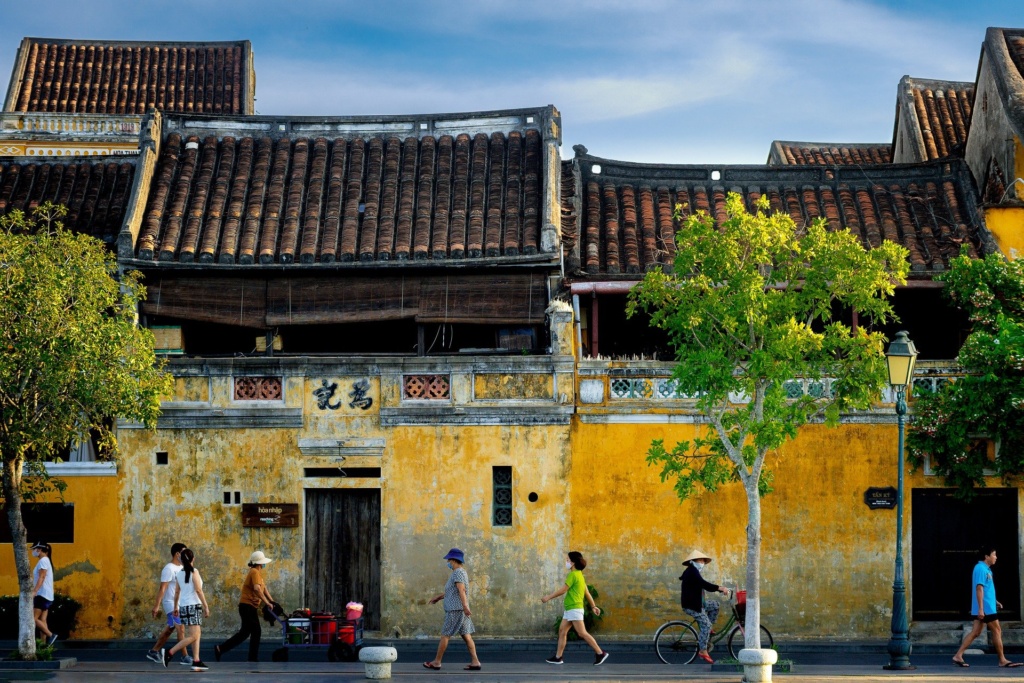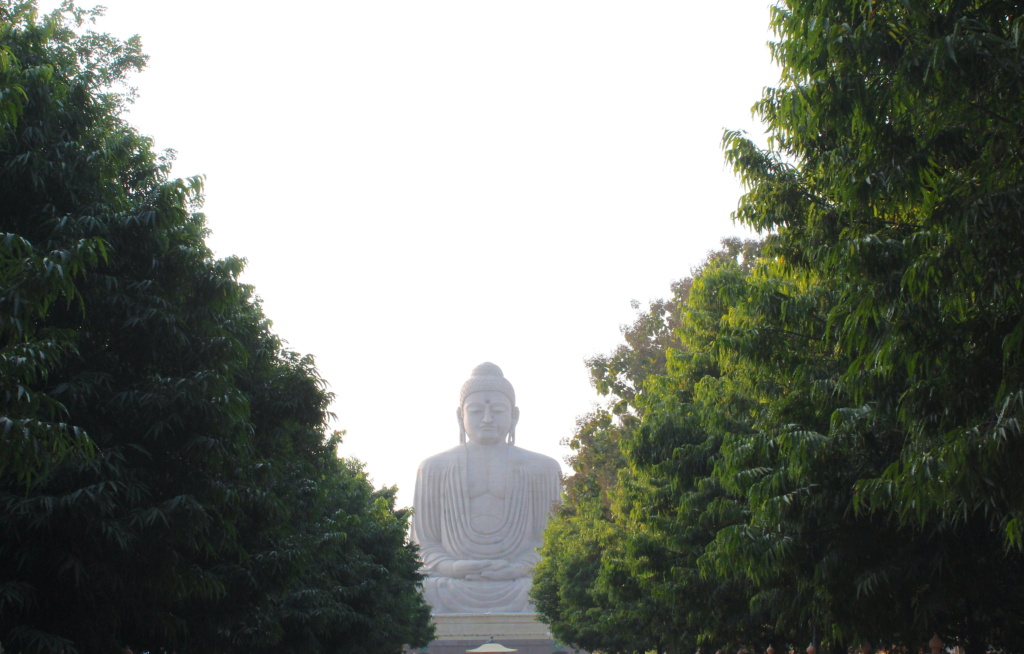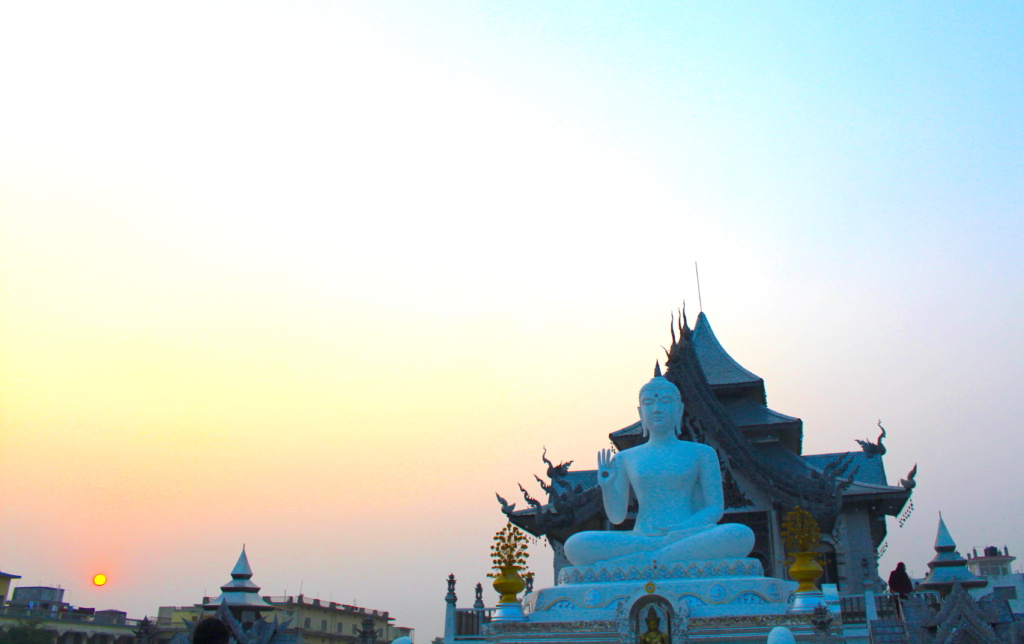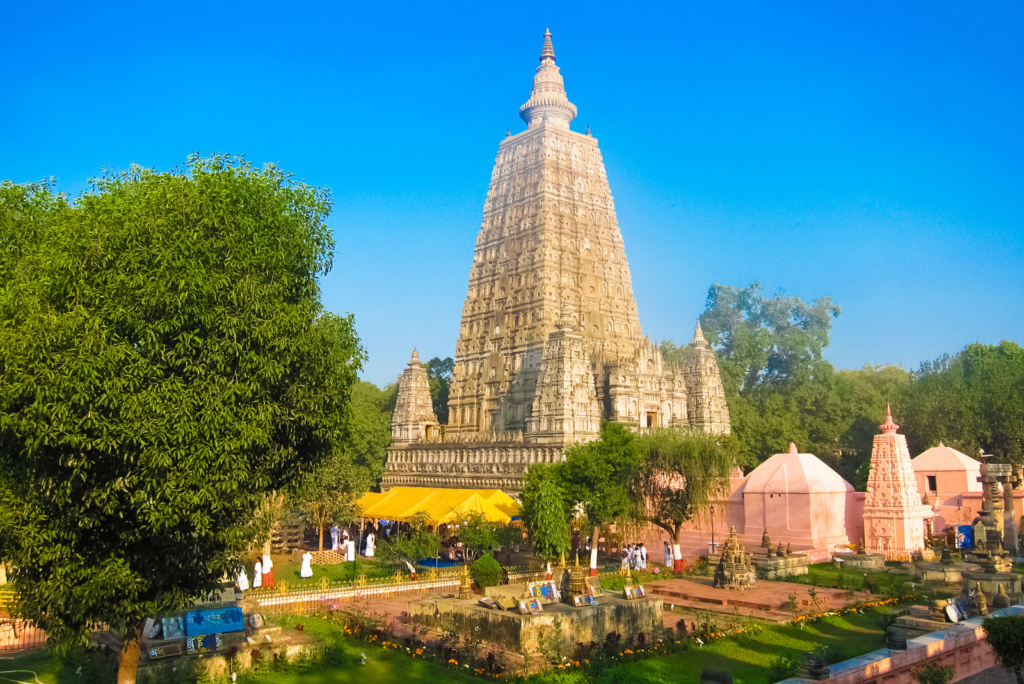.
DESTINATIONS
Destinations is a corner for travel writers to publish extraordinary stories of places on the planet. Our goal is to discover the beauty of lesser-known parts of the world, their cultures, languages, and people, and publish them with rich visuals in Life and Legends, Word limit – 1000 or less.
For details on how to submit, CLICK HERE
This is an exemplary post in 700 words, previously published in World Literature Today mildly edited for Life and Legends.
.
Bodhgaya: The Land of Nirvana
by Kalpna Singh-Chitnis
.
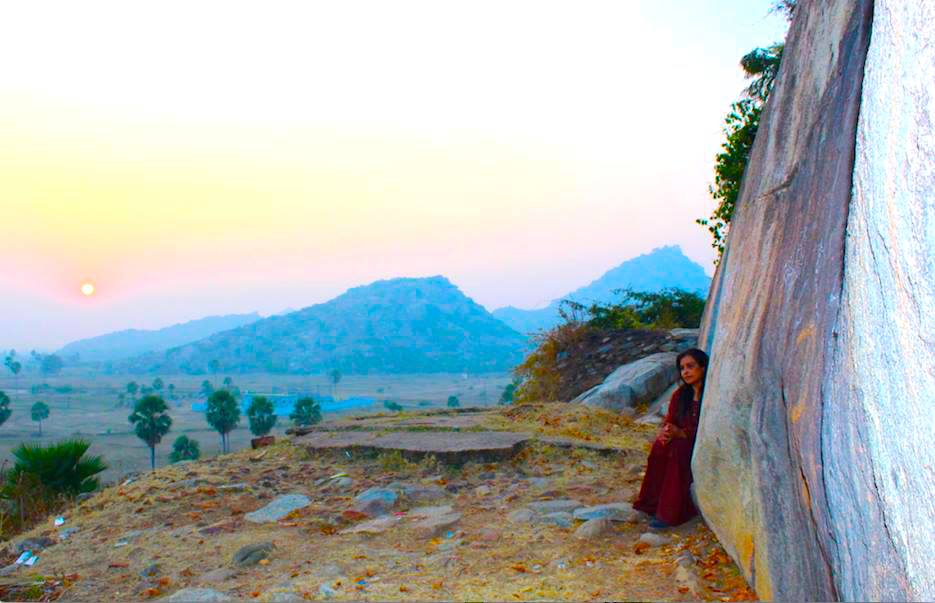
HOW FORTUNATE IT WAS to be born in a small town in the eastern state of Bihar, India, I realized this only when I went to seek the blessings of a highly spiritual Tibetan Buddhist monk, Khamtrul Rinpoche, in my hometown, Bodhgaya.
The Rinpoche held my hand and said, “You are already blessed to have been born in a place where the Buddha got enlightenment.” Then he wrote a prayer for me in the Tibetan language in the book, Meaningful to Behold, which was translated for me into English by one of his disciples. It read: “A prayer, that you quickly attain the state of enlightenment, through never being separated from the holy Dharma from lifetime to lifetime.”
.
Bodhgaya is the land of the Buddha, Dharma, and Nirvana. It is a part of the Gaya district located on the bank of Falgu, known as Niranjana River, during the Buddha’s time. Gaya, named after the great demon Gayasur, literally means “gone” and also echoes the essence of the Heart Sutra: “Gate, Gate, Paragate, Paasamgate, Bodhi, Svaha (meaning, “O Bodhi, gone, gone, gone to the other shore, landed at the other shore, Svaha”.
Gaya has attracted spiritual energies for centuries. It is known as the land of Vishnu, Jain Tirthankaras, and Sufi saint Hazrat Ata Hussain Fani. All major religions flourished here. We find references to Gaya in the Rigveda, Varaha Purana, and in the great epics Ramayana and Mahabharata. It is also mentioned in the travel accounts of Faxian and Xuanzang, who came to Magadha, an important destination of the Silk Routes.
. .
Once a laid-back town, Bodhgaya has now morphed into a modern suburban city welcoming millions of tourists every year. One can fly to Bodhgaya from all major Indian cities or get there by bus or train. All Buddhist countries have their temples and monasteries there. A first-time visitor to Bodhgaya may get a feel of being in an East Asian country, but within a few miles’ radii, one can also see how the city has preserved its centuries-old history and unique presence.
.
However, Bodhgaya is not just about sightseeing, going to the temples, the museum, shopping at the local Tibetan markets, and enjoying Indian, Chinese, and Tibetan food. You do not want to miss out hiking the Brahmayoni Hill, where the Buddha gave the famous Fire Sermon to a thousand Bhikkhus, and the mystical Barabar Hills Caves, not too far from Bodhgaya. Barabar Hills caves were ancient dwellings of Ājīvikas practitioners and Buddhist monks. The caves were dedicated to Ājīvikas by king Ashoka. They are the oldest surviving rock-cut caves in India. After the decline of Ājīvikas, the Barabr Hill Caves were used by the Buddhist, Jain, and Hindu practitioners. These caves are featured as fictional Marabar Caves in A Passage to India, by E. M. Forster). Barabar Hills Caves are now a part of Jahanabad district adjacent to Gaya district. You might also like to stroll on the bank of Falgu River, which has endured the Curse of Sita and flows undercurrent; visit Root Institute, Magadh University; and, most important Destination, the Mahabodhi Temple, built by the emperor Ashoka in the third century BCE. There, you can have some quiet time to sit by the lotus pond and meditate under the Bodhi tree, under which the Buddha attained nirvana and proclaimed in his verses: Through the round of many births, I roamed / without reward, / without rest, / seeking the house-builder. / Painful is birth / again and again. / House-builder, you’re seen! / You will not build a house again. / All your rafters broken, / the ridge pole destroyed, / gone to the Unformed, the mind / has come to the end of craving. Visiting to Bodhgaya is like coming home. It reminds us to return to ourselves.
.
Enter and exit Sudama Cave, in Barbara Hills seen in this short film. This film is made with a single shot taken by the author, chanting “The Triple Gem” recorded inside the cave.
.
.
Author Note: Heart Sutra’s translation from the Sacred Texts. The Buddha’s verses from the Dhammapada, translated by Thanissaro Bhikkhu. The Fire Sermon is mentioned in The Waste Land (III), by T. S. Eliot.
Kalpna Singh-Chitnis is the author of four poetry collections in English and Hindi. She is the Editor-in-Chief of Life and Legends. Her work is widely published and translated into many languages. www.kalpnasinghchitnis.com


